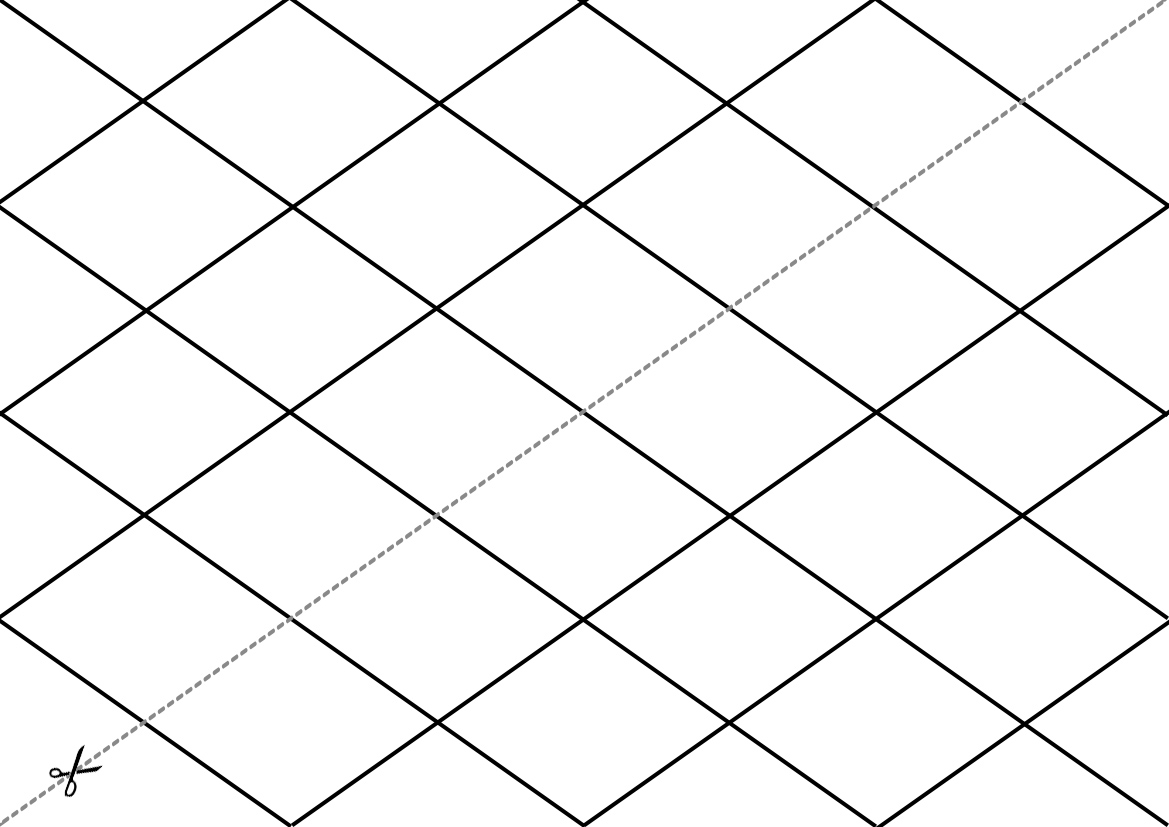“You win the lottery! You are a millionaire! You never have to work again in life.” This was the first card I drew in the weird little game of Ph.D. life that Quinn Georgic and I designed. I had no idea who wrote it. Everyone was giggling when I read it out loud and started making up the story: “I don’t need to worry about anything, so I started grad school.” The other group was far less fortunate. The card they drew was “You or your partner are pregnant.”
Continuing our random drawing from the pool of cards, the ones we got for our fictional millionaire student were: “You get drunk in front of the entire faculty,” “You discover that your therapist has published an autoethnographic account of their career, and you recognize yourself,” and “The IRB office has rejected your application because your research may prove too dangerous”. The fictional student with a pregnant partner got “Get caught stealing from the mailroom”, “You are in the airport about to begin your fieldwork, and Immigration prohibits you from entering for 3 years,” and “You win a $1000 grocery gift card! Congrats.”
The cards were written anonymously and drawn randomly by graduate students participating in the game. Every time a card was drawn, there was either laughter of “who wrote this” or an exchange of winks between people who thought they knew the real-life references. The person who drew the card then tried to make a connection with the previous cards. Our fictional grad student with a pregnant partner stole to help the family, got caught, was denied entry to their fieldsite because of their criminal record, and finally found some relief with the grocery cash prize. Meanwhile, the millionaire got drunk without consequence, sued their therapist, and was denied IRB because they proposed to study therapists and the IRB office felt that the revenge plot might betray some conflicting interests.

Cards made in our trial run of the game collaged together with Maurits Cornelis Escher’s lithograph “Drawing Hands.” Image made by the author
The idea of making a game of Ph.D. life came to us when we were brainstorming projects as the multimodal editors of Platypus. We thought that having a chance to reflect on one’s grad school journey by playing the game could be therapeutic. But in the design process, we realized that designing the game was as pleasurable as playing it. Our experience as designers, therefore, was different from Johan Huizinga’s understanding of play as a “magic circle” separate from reality by a set of established rules (Hamayon, 2016). For us, coming up with the rules and creating a ludic mechanism that would represent our experience was part of the play. It was the enjoyment of miniaturization, of producing a relatively simple model for a complex phenomenon and achieving (an illusion of) knowledge of the whole (Strauss, 1966). This was why, in writing about our game, we wanted to invite others not only to play it but also to play with its design and create their own games.
When my collaborator Quinn suggested the basic premise for the game, essentially that we could have a set of cards and create narratives by drawing and combining cards, I was immediately attracted by their idea. At that time, I was exploring how people generated texts in relatively random ways. These ranged from people making Dadaist poems by cutting and mixing newspapers to Powerpoint Karaoke, an improvisation game where people give presentations from slide decks they have never seen before. I wanted our game to be something similar, something that would simultaneously invite people to make sense of ambiguously related plot points and frustrate their attempts to do so with contingency and absurdity.
So we took this as our starting point and designed a game board and a set of rules. Based on the general time frame of anthropology programs, the game board was divided into three parts: pre-field, fieldwork, and post-field. Correspondingly, the game would have pre-field, fieldwork, and post-field cards. Every participant would then be asked to write down scenarios that could happen during these three periods on empty cards, with an arrow indicating the direction that the line of cards should move on the game board. The cards would then be pooled together and shuffled.
Participants would be divided into two groups. During each turn, one participant from each group would draw a card and try to make a narrative connecting this card with previous cards drawn by their group. They would also place their new cards on the game board according to the direction written on the cards. Turn by turn, the participants would create two lines of narrative detailing the lives of two fictional graduate students.

An example of how our game unfolds. Image made by the author.
As we continued developing our idea for the game, we were eventually faced with a final question: how would this game end? A more or less natural thought for us was to make leaving grad school the end of the game. That the end should be leaving graduate school rather than graduating from graduate school was a deliberate decision. We didn’t want graduation to be seen as “winning” the game. We also didn’t want the two teams to fight over whose fictional grad student got to graduate first. The only way to “lose” the game, we decided, would be to remain trapped in grad school forever — on every campus, there are stories of ghosts of former students or professors haunting certain buildings.
To enable our fictional students to leave grad school earlier, and to avoid reinforcing the illusion that grad school is a linear progression from one clearly defined stage to the next, we added a chaos mechanism. The function of this mechanism was to reverse the progress of the narrative or end it earlier than expected. We played around with several ideas about what this mechanism should be. Ideally, the faster the narrative progressed, the more likely this mechanism would be triggered. In the end, we settled on marking random spots on the board as points of chaos and added a set of chaos cards to these locations. If the line of narrative crossed paths with a point of chaos, the participants would need to draw a chaos card. The content of the cards could be something like “Your department is dissolved and you need to transfer, go back two steps”. There would be no promise of teleological progress.

This is a template people could print to make their cards. Creating the scenario cards together helps players share their own experiences. Image made by the author.

We have also created this template for people to make their own game board. Image made by the author/
Looking back at when we initially thought of the game, it was December 2021 and nothing much was happening in our limited spheres of care. The Covid pandemic was still ongoing. So was the metamorphosis of universities under neoliberalism. But at that moment, we were happy enough to relegate those into the background of our lives. Writing this essay in April 2022, I feel that everyone is enveloped in their respective spheres of care, whether it’s Russia’s invasion of Ukraine, the currency crisis in Turkey, or, for me, the sex trafficking of women in China (Yuan, 2022). These different focuses of care create different worlds for us. It is necessary and to an extent inevitable. But it could also be alienating, as we could sit together but are unable to share one another’s worlds.
It would be too narcissistic to think that our game could heal this feeling of alienation. But it’s our hope that it would, for a moment, create a shared situation for us.
“The poem will be like you”, writes Tristan Tzara in his “How to Make a Dadaist Poem”: “And here are you a writer, infinitely original and endowed with a sensibility that is charming though beyond the understanding of the vulgar” (1920). For a more critical eye, this game we designed, with its focus on improvisation and its gamification of everyday life, could be more like our time than us. But we hope that the game would also be like us, in its imperative to endure, makes sense of, and perhaps even derive joy from contingencies together with our, albeit fleeting, community.
References
Hamayon, R. (2016). Why we play: An anthropological study. Hau Books.
Levi-Strauss, C. (1966). The savage mind. University of Chicago Press.
Tzara, T. (1920). To make a Dadaist poem. Seven Dada Manifestos and Lampisteries, 4-5.
Yuan, Y. (2022, February 23). Investigators Release Trafficking Details of Woman Chained to Wall. #SixthTone. https://www.sixthtone.com/news/1009739/https%3A%2F%2Fwww.sixthtone.com%2Fnews%2F1009739%2Finvestigators-release-trafficking-details-of-woman-chained-to-wall-
